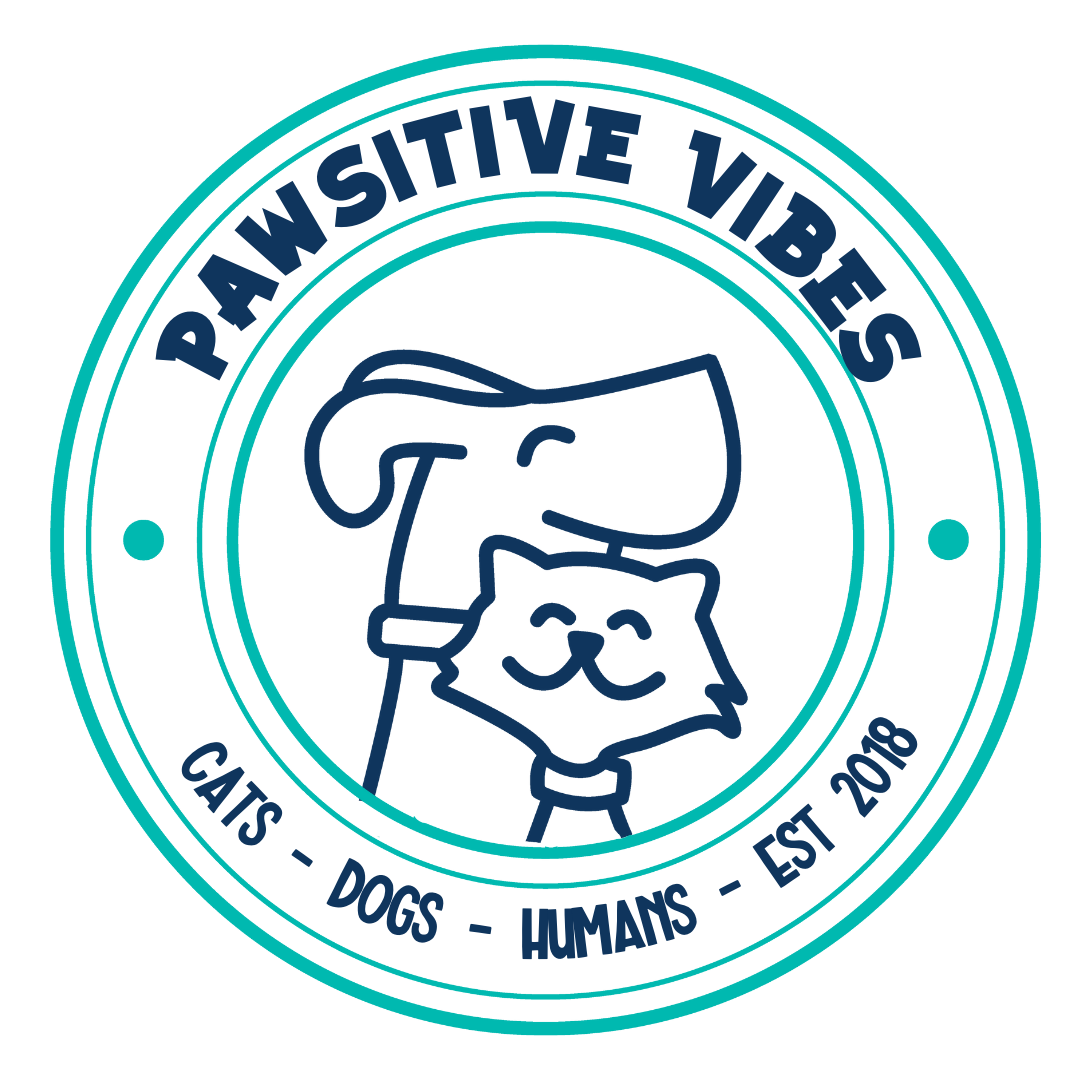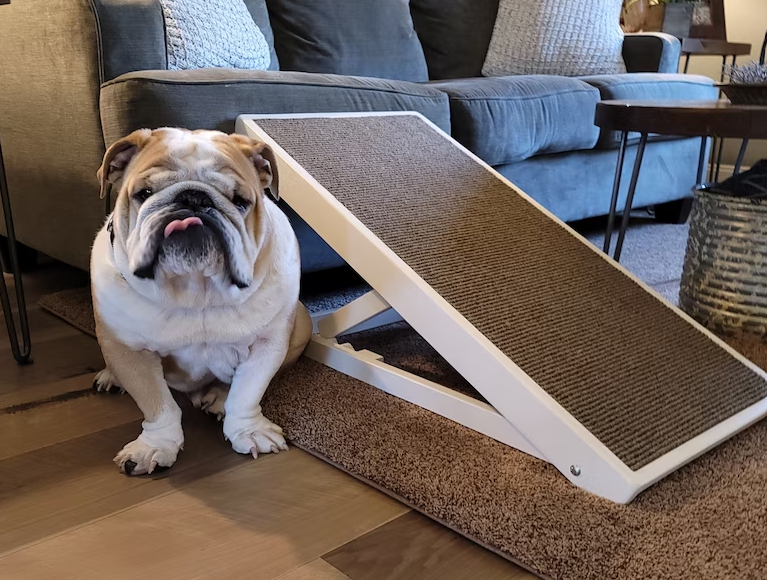Article
Who's Regulating Your Pet's Food?
Furiends, we may receive a small commission if you purchase products or services through our affiliate links.
If you're anything like us, you've probably spent more time than you'd like to admit studying food labels and trying to make sense of them! It's a jungle out there in the pet food aisle, but have you ever wondered who's keeping an eye on what ends up in your pet’s bowl? Let's dive into the world of pet food regulation and standards (it's not as scary as it sounds, we promise!).
Furiends, we may receive a small commission if you purchase products or services through our affiliate links.
Who's setting the standards? Meet AAFCO.
The Association of American Feed Control Officials (AAFCO for short) are a group of volunteers who set the nutritional standards for pet food in the US. AAFCO doesn't directly regulate or approve pet food, but they provide guidelines to make sure our pets are getting all the nutrients they need to lounge, pounce, and play.
Role of FDA and State Authorities
Now, onto the regulators: the U.S. Food and Drug Administration (FDA) and state regulatory authorities. The FDA has the job of ensuring that all animal feed, including meals, treats and supplements, are safe and properly labeled. Their goal is to make sure there's nothing harmful in the food and that it's made in clean conditions.
State authorities add an extra layer of oversight locally to make sure everything's up to snuff.
Why regulations matter
You might be wondering, "Why does all this matter to me and Mr. Wiggles?" Well, thanks to these standards and regulations, we can breathe a little easier knowing that the food we pick off the shelf is not only safe but also nutritionally balanced. It's all about making sure our beloved pets are getting the best care through their diet.
Tips for pet parents
- Read Those Labels. Look for foods that are specifically made for your pet, their current chapter in life (like if they're a playful puppy or a graceful senior), and their special needs (maybe they're a little rounder or have a shiny coat).
- Nutritional Adequacy Statement. This info is usually hiding in small print on the back or side of the packaging. It's your ticket to knowing the food meets your pet's dietary needs.
- Dogs vs. Cats: Dogs and cats need different things in their diet. For instance, cats need their taurine and Vitamin A in a way dogs don't.
- Life Stages and Conditions: Whether you have a kitten or a senior dog, their food needs to match their life stage and lifestyle. "Complete" and "balanced" are the magic words here, meaning the food has everything your pet needs for their stage of life, in just the right amounts.
- Feeding Directions: Even the perfect food needs to be served in the right amounts. Too much or too little, and we're off balance. Look for feeding instructions on the package that match your pet's life stage.
- AAFCO Statement. Check the label for a statement that it meets AAFCO nutritional standards.
***These tips are intended as a starting point, but please check with your vet to ensure your pet’s specific
needs are being met.**

Wrap up
Resources
In wrapping up, navigating the cat food scene is a bit easier when you know there are groups like AAFCO, the FDA, and state authorities looking out for our furry friends' well-being. So, the next time you scoop some food into your kitty's bowl, you can feel good knowing there's a whole system in place to help keep them healthy and happy.
More to Read






